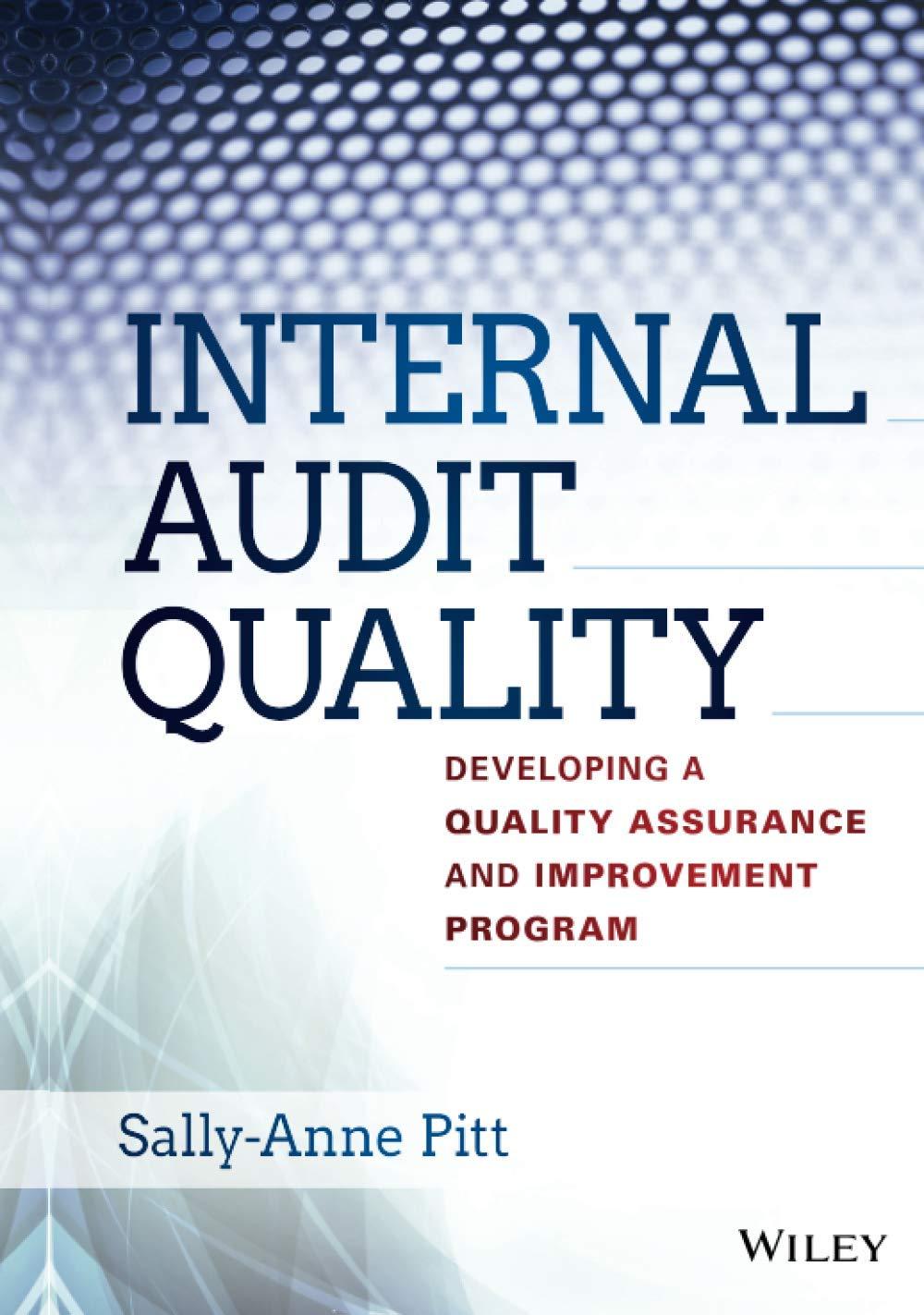dont know how to do, need help understanding

1. Compute the cost and efficiency variances for direct materials and direct labor. 2. Journalize the purchase and usage of direct materials and the assignment of direct labor, including the related variances. 3. For manufacturing overhead, compute the variable overhead cost and efficiency variances and the fixed overhead cost and volume variances. 4. Journalize the actual manufacturing overhead and the allocated manufacturing overhead. Joumalize the movement of all production costs from Work-in-Process Inventory. Joumalize the adjusting of the Manufacturing Overhead account. 5. Juda intentionally hired more highly skilled workers during July. How did this decision affect the cost variances? Overall, was the decision wise? Data table Juda manufactures coffee mugs that it sells to other companies for customizing with their own logos. Juda prepares flexible budgets and uses a standard cost system to control manufacturing costs. The standard unit cost of a coffee mug is based on static budget volume of 59,900 coffee mugs per month: (Click the icon to view the cost data.) Requirement 1. Compule the cost and efficiency variances for direct materials and direct labor: Begin with the cost variances. Select the required formulas, compute the cost variances for direct materials and direct labor, and idensity whether each variance is favorable (F) or unfevorable (U). (Abbreviations used. AC= achual cost, AQ = actual quantity. FOH= fleed ovechead, SC= otandard cost, SQ= standard quanthy) Salect the sequired formulas, compute the efficiency variances for direct materials and direct labor and identify whether each variance is favorable (F) or unfavorable (U) (Abbreviations used: AC= actual cost; AC = actual quantity. FOH = flowed ovorhead, SC thtandard cost, SQ = standard quansty.) Begin by journalizing the purchase of direct materials, including the related variance. (Prepare a single compound journal entry.) Now, journalize the usage of direct materials, including the related variance. (Prepare a single compound journal entry) Journalize the incurrance and assignment of direct labor costs, including the related variances. (Prepare a single compound journal entry.) Requirement 3. For manulacturing overhead, compute the variable overhead cost and efficiency variances and the fored overhead cost and volume variances Begin with the variable overhead cost and efficiency variances. Solect the required formulas, compute the variable overhead cost and efficiency variances, and identify whither each variance is favorable (F) or unfovorable (U). (Round any interim calculations to four decimal places, XXXX, and your final answers to the nearest whole dolliar. Abbreviations used AC= actual cost; AQ = actual quantity; FOH= fixed overhead; SC= standard cost, SQ= standard quantly: vOH = varlable overhead ) Now compute the fixed overhead cost and volume vatiances. Seloct the required formalas, compute the fored overhead cost and volume variances, and identify whether each variance is favorable (F) or unfavorable (U). (Abbrevialions used AC=actual cost: AQ = actual quantity, FOH = foced overhead, SC= atandard cost SQ = standard quantity) ) Requireraent 4, Journalize the actual manufacturing overtead and the allocatod manufactuing oventead. Joumalize the movement of all production costs from Work in Process Inventory Journalize the adjusting of the Manufacluring Overhead account. (Record debits first, then credits. Select the explanation on the last line of the joumal entry table) Begin by journaliting the entry to show the actual mafualacturing overhead costs incurred Journalize the anglied mantiacturing overhead Journalize the movement of all production from Work-in-Process Inventory. Journalize the adjusting of the Manufacturing Overhead account. (Prepare a single compou Requirement 5. Juda intentionally hired more highly skilled worker5 during July. How did this docision affect the cost variances? Overall, was the decision wise? Hiring more-skilled, higher-paid labor led to direct Labor cost variance. Given the direct labor officiency variance, it these more-skilled workers performed efficiently. The overall net effect is thus management's decision was More info a. There were no beginning or ending inventory balances. All expenditures were on account. b. Actual production and sales were 62,600 coffee mugs. c. Actual direct materials usage was 10,000lbs. at an actual cost of $0.17 per lb. d. Actual direct labor usage was 199,000 minutes at a total cost of $29,850. e. Actual overhead cost was $5,970 variable and $34,830 fixed. f. Selling and administrative costs were $115,000


















